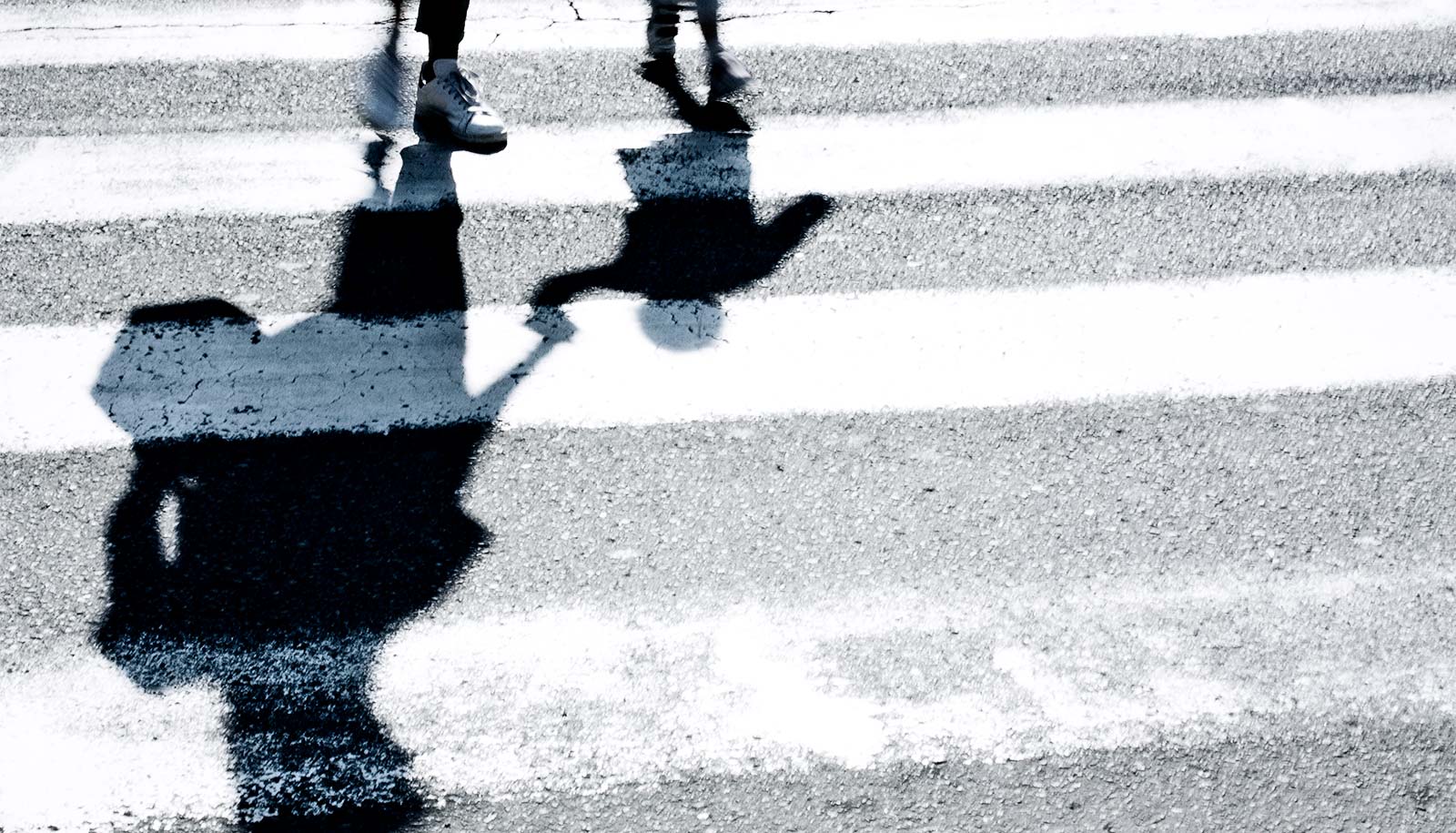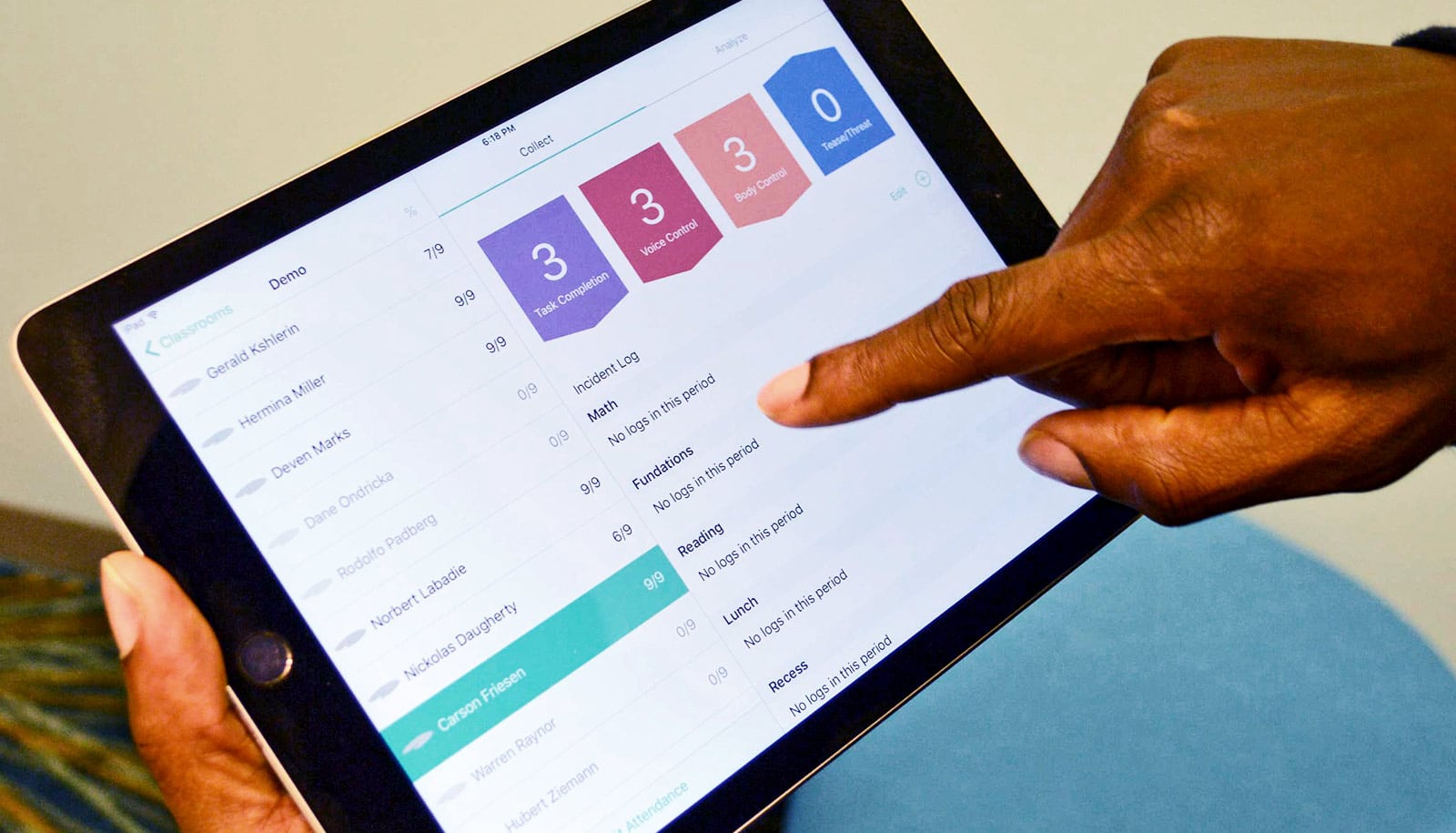Racial disparity in special education is growing, and it’s more complex than previously thought.
New research examines how often black and Hispanic students are identified as needing special education compared to white students, leading to new findings on disproportionality and racial gaps.
“When looking at numbers and data more closely, what many think about this racial disproportionality gets turned on its head.”
“When it comes to special education demographics, people generally believe that minority students are put into special ed programs more frequently than white students, and if you look just at the raw numbers, that’s generally true,” says coauthor Scott Imberman, professor of economics and education policy at Michigan State University.
“But this doesn’t consider background factors, particularly health, which can determine a lot about a child. When looking at numbers and data more closely, what many think about this racial disproportionality gets turned on its head.”
The research findings reveal that black and Hispanic students are put into special education more often in white schools. But, they are much less likely to be identified as needing special education in schools that are mostly minority, where they are surrounded by students of the same race. Additionally, black and Hispanic students are put into special education programs less frequently than white students who have similar health backgrounds.
For example, a black student in fourth grade attending a school that was more than 90 percent minority was 6 percentage points less likely to be identified for special education than a similar white student. At the same time, if a student attends a mostly white school, he or she is 3 percentage points more likely to be identified than a similar white student.
Health records and special education
To uncover these racial gaps, the researchers analyzed birth and education records for all 869,000 children born in Florida between 1992 and 2002. Imberman explains that prior special education research did not examine health data, which is a critical piece of information because it reveals traits well before the children go to school that could lead to a child to needing special education.
“Birth records show details about a child’s weight and any congenital abnormalities or birth complications, like if the baby needed ventilation or suffered from fetal alcohol syndrome,” Imberman says. “Newborn health issues oftentimes lead to a child needing special ed services later on. With this data, we generated a prediction of a special education needs for healthy white students that we used as our baseline when comparing black and Hispanic students.”
Beyond being the first to use health data, this research also is the first to link students’ special education needs with a school’s racial demographics. This revealed that special education rates weren’t necessarily about a student’s race—but rather about how that student’s race compares to the school’s racial makeup, Imberman says.
“Our findings suggest that schools are more likely to incorrectly say a student has disabilities when he or she is racially different from the student body as a whole,” Imberman says.
What’s the fix?
Imberman says that policies related to disproportionality in special education, such as the Individuals with Disabilities and Education Act, may need reexamination so that students who need special education services are getting them.
“Overall, we need a better understanding of how we can overcome these disproportionalities for students,” he says. “In order to tackle bigger issues like income inequality and wealth later in life, we need to understand what students are going through early on—particularly in education systems.”
The National Bureau of Economic Research published the working paper. Additional researchers from Michigan State, Northwestern University, and American University contributed to the work.
Source: Michigan State University



